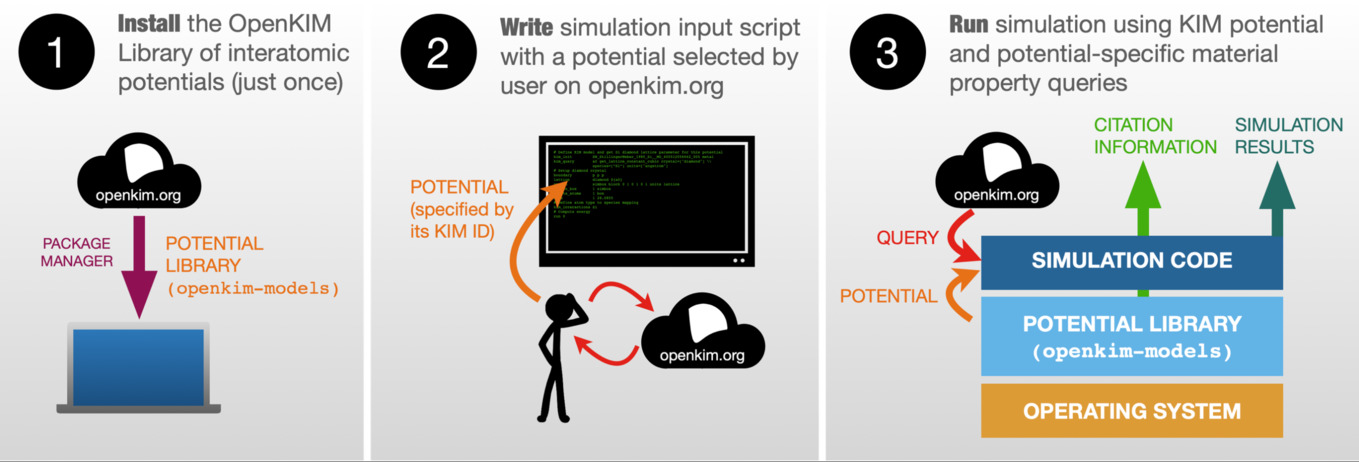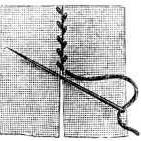Welcome to the Open Knowledgebase of Interatomic Models!
OpenKIM is a curated repository of conventional and machine learning interatomic potentials that are compatible with many major simulation codes through a simple plug-and-play API. Each potential is verified for coding integrity and benchmarked against a variety of material properties, empowering users to discover and use the best potentials for their research. Read more
 OpenKIM is funded by the NSF.
OpenKIM is funded by the NSF.
Welcome to the Open Knowledgebase of Interatomic Models!
OpenKIM is a curated repository of conventional and machine learning interatomic potentials that are compatible with many major simulation codes through a simple plug-and-play API. Each potential is verified for coding integrity and benchmarked against a variety of material properties, empowering users to discover and use the best potentials for their research. Read more
 OpenKIM is funded by the NSF.
OpenKIM is funded by the NSF.










